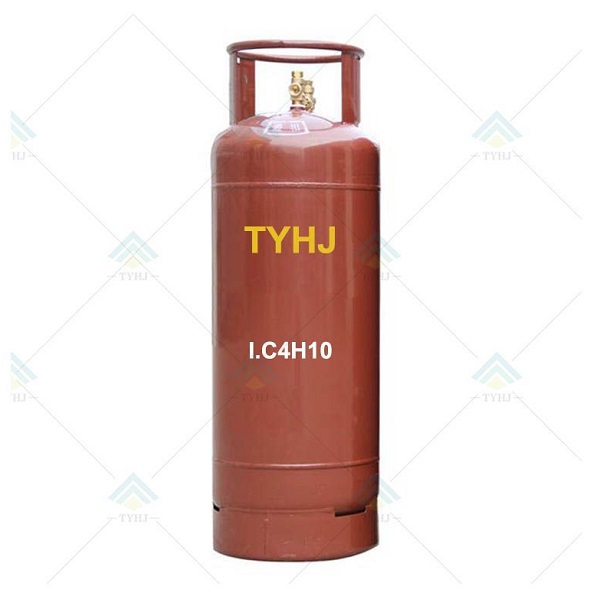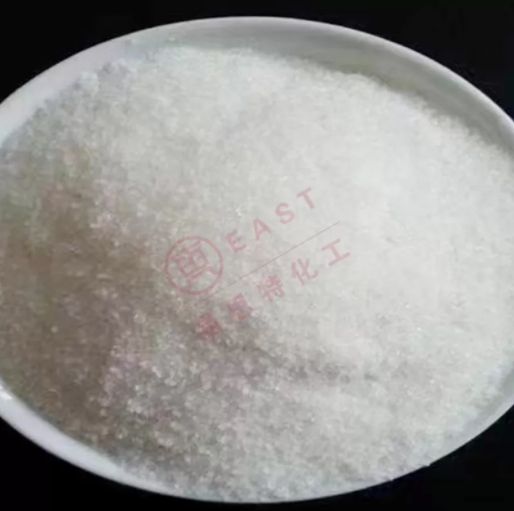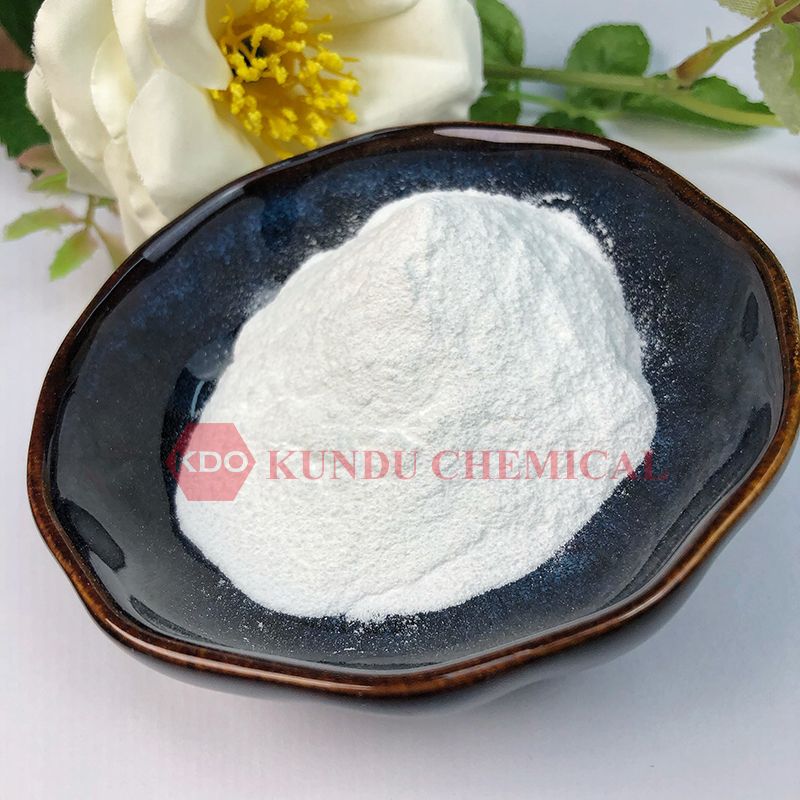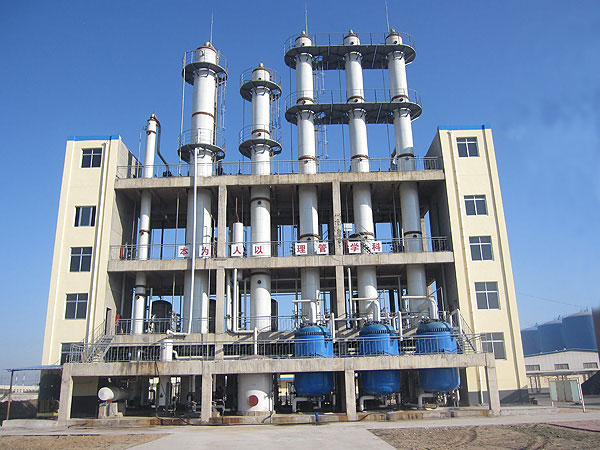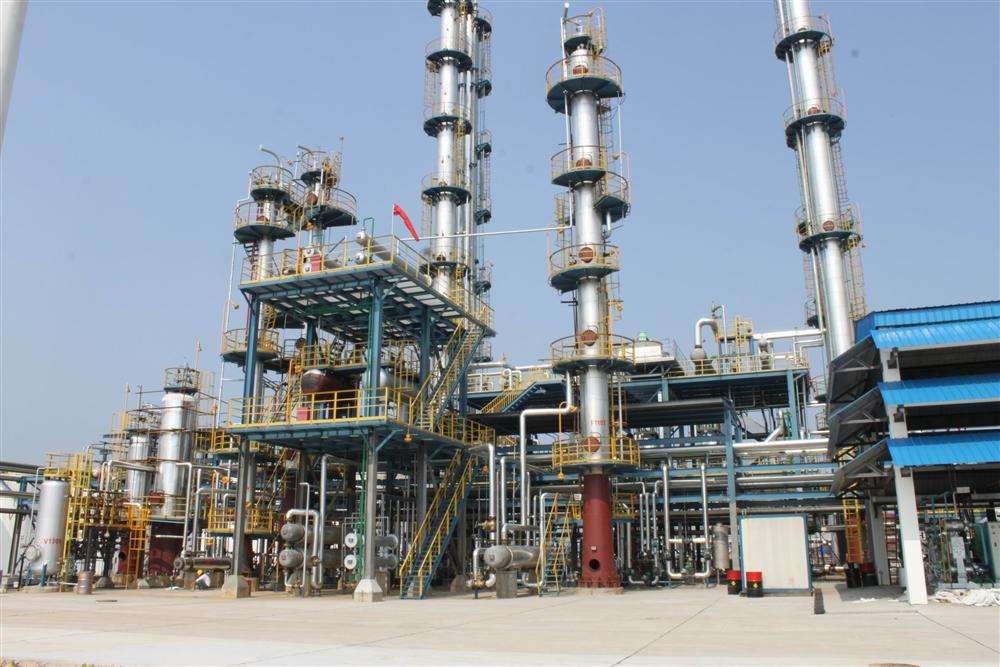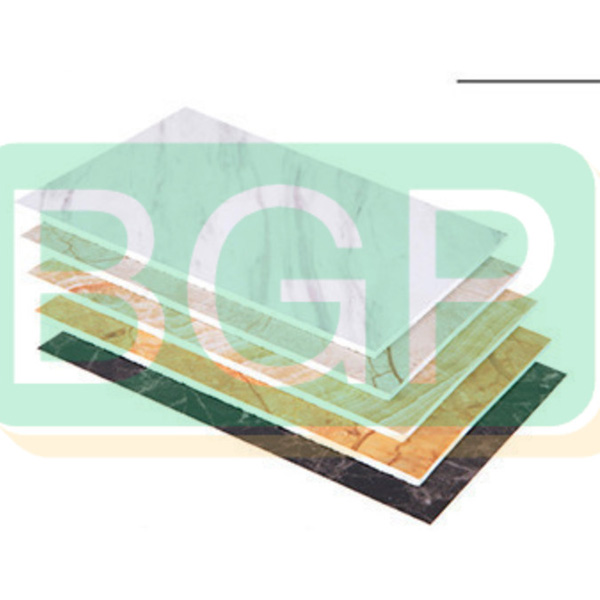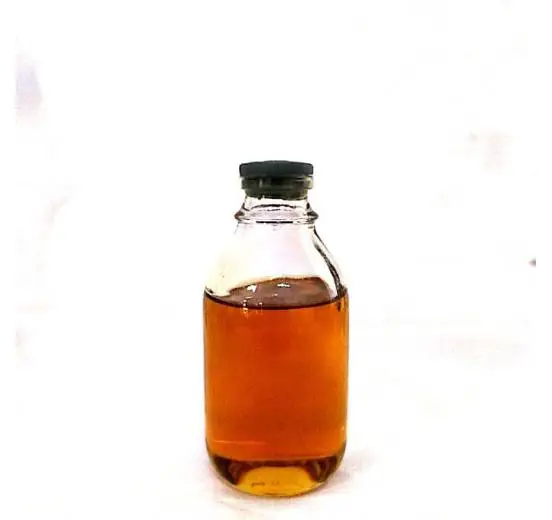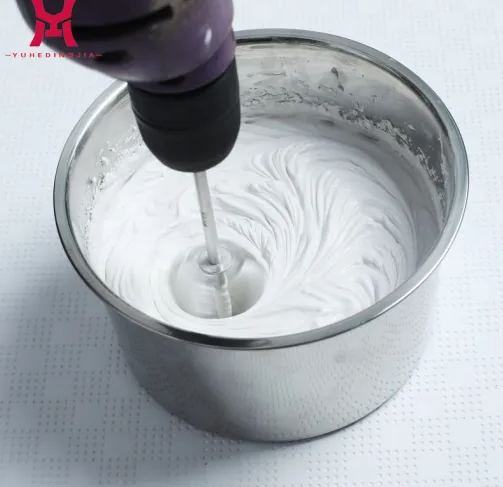Unraveling the Benefits of Embroidery Adhesive
Introduction: Embroidery, a timeless art form, has captivated generations with its intricate designs and meticulous craftsmanship. However, achieving precise and flawless embroidery can sometimes be a daunting task. Thankfully, the advent of embroidery adhesive has revolutionized the industry, providing a convenient solution to common concerns faced by consumers. In this article, we will delve into the world of embroidery adhesive and explore how it addresses the problems that consumers often encounter when purchasing.
Ensuring Stability and Secure Placement: One of the foremost concerns for consumers when engaging in embroidery projects is ensuring that the design stays in place during the stitching process. Traditional methods, such as basting or pinning, can often result in movement and misalignment. Embroidery adhesive eliminates this problem by providing a reliable hold, keeping the fabric and design securely in position. This stability enables users to achieve precise and accurate embroidery with minimal effort.
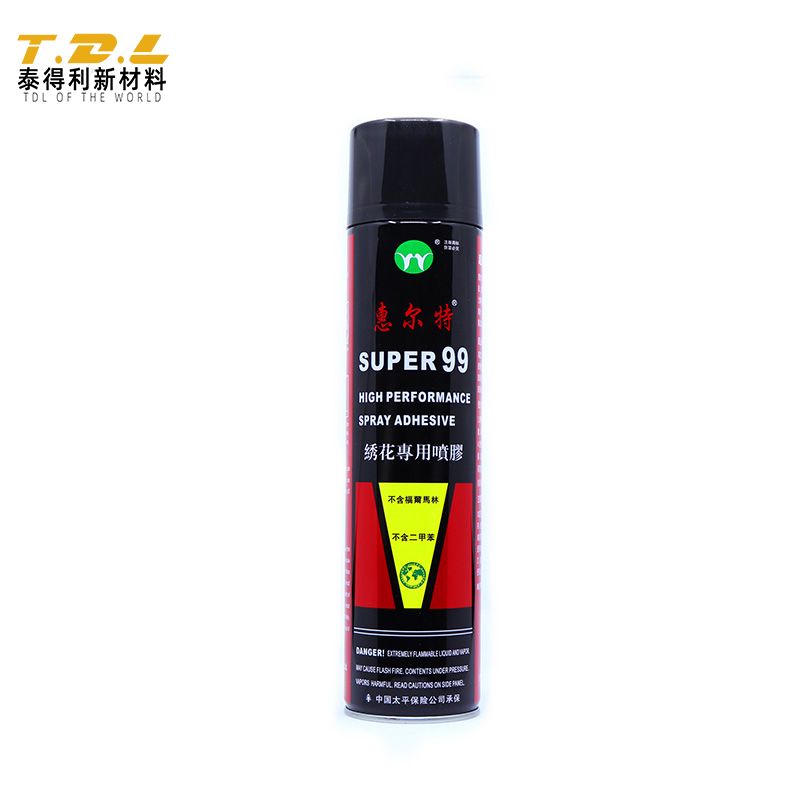
Preventing Fabric Distortion: Embroidering on delicate fabrics can be a challenge, as they tend to stretch or distort under tension. This issue can ruin the integrity of the design and create frustration for consumers. Embroidery adhesive tackles this problem by providing a gentle and even distribution of tension across the fabric. This ensures that the fabric remains flat and undistorted, resulting in flawless embroidery on even the most delicate materials.
Minimizing Residue and Stains: Another concern that often plagues embroiderers is the residue left behind by traditional adhesives. Sticky residues can soil the fabric or leave unsightly marks, tarnishing the final product. Embroidery Spray Glue offers a superior alternative by leaving little to no residue upon removal. This feature not only preserves the fabric's appearance but also saves valuable time that would otherwise be spent on cleaning and removing unwanted marks.
See also:What is 1 amino 2-naphthol 4 sulfonic acid used for?
What is alpha keto leucine calcium salt used for?
Sulfamic Acid: What it is, Uses, Safety, and Benefits Explained
Breakthrough Benefits of PQQ: A Game-changer?
Is HPMC natural or synthetic?
What are the different types of pigment powders available?
HPMC for Gypsum
Streamlining Complex Designs: Embroidery projects involving intricate or complex designs often require meticulous planning and precise placement. Achieving perfect alignment manually can be time-consuming and prone to error. Embroidery adhesive simplifies this process by allowing users to easily position and adjust the design before stitching. This saves considerable time and effort, enabling embroiderers to tackle even the most complex designs with confidence and ease.
Reusability and Versatility: Consumers value products that offer long-term value and versatility. Embroidery adhesive stands out in this regard as it can be reused multiple times, making it cost-effective and environmentally friendly. Additionally, it can be used with various fabrics and materials, expanding its applicability to a wide range of embroidery projects. This versatility ensures that consumers can rely on embroidery adhesive for a diverse array of creative endeavors.
Conclusion: Eco-friendly Embroidery adhesive has undoubtedly become an indispensable tool for both seasoned embroiderers and enthusiastic beginners. By addressing common consumer concerns such as stability, fabric distortion, residue, complex designs, and reusability, this adhesive has simplified the embroidery process, allowing users to achieve impeccable results with ease. As the demand for high-quality embroidery continues to grow, the use of embroidery adhesive will undoubtedly play an essential role in meeting consumer expectations and inspiring creativity in the world of embroidery.
Daily Chemical Detergent Grade HPMC Cellulose: Enhancing Cleaning Efficiency and Sustainability
What are the applications of lithium aluminium deuteride?
Uses and applications of Carboxymethyl Cellulose (CMC)
What is Oxytetracycline Hydrochloride Used For?
What is the process of blending NPK fertilizer?
Tantalum-Tungsten Alloy: The Best Choice for High Strength and Toughness Materials
A Waterproof Shield: The Magic of PU Waterproofing Glue


